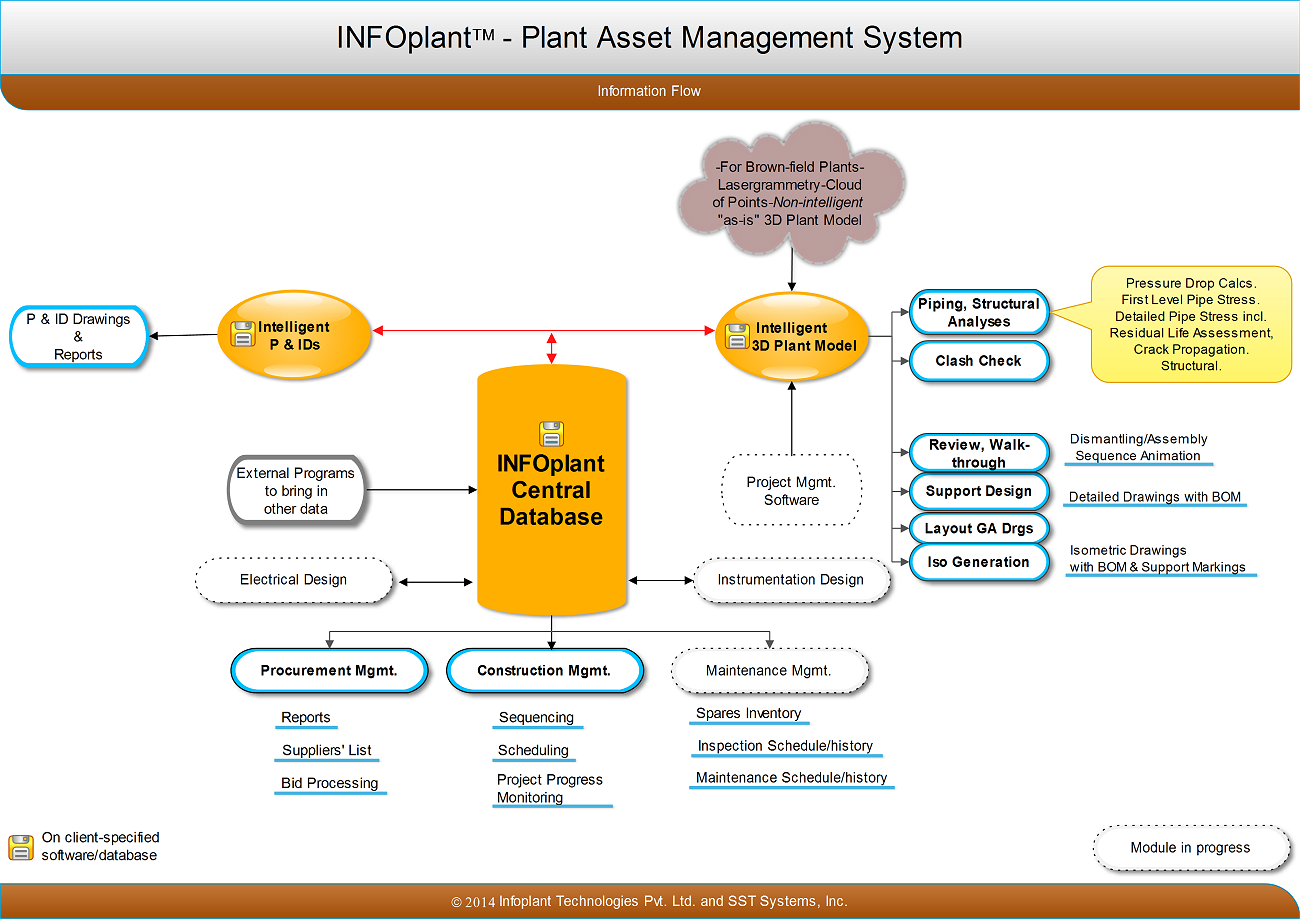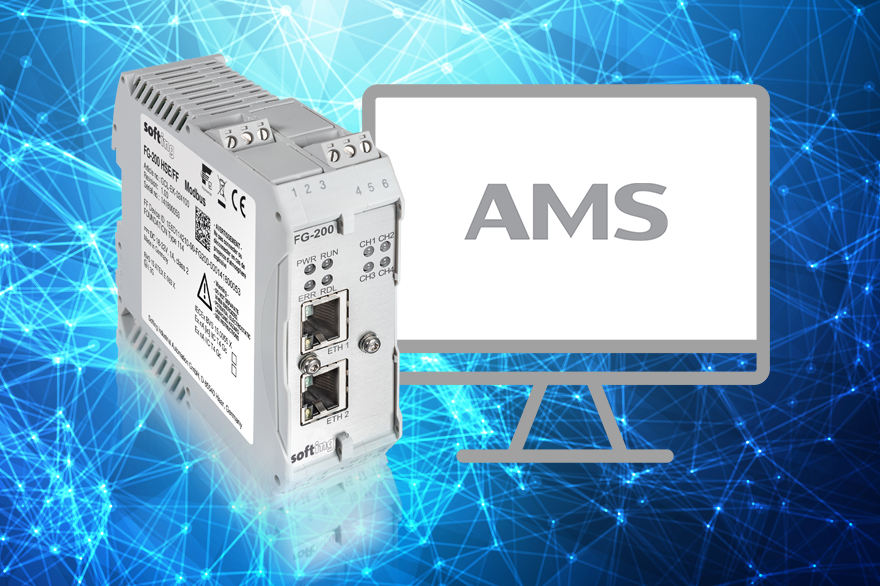
The IASB is supported by technical staff and a range of advisory bodies. Each of these types is classified as a depreciable asset since its value to the company and capacity to generate income diminishes during the asset’s useful life. Making continual improvements and continuously reviewing the quality of assets is an important part of keeping a company healthy. Improvements should be done on a regular basis or when a scenario necessitates intervention to extend the life of assets and avoid future issues with their capacity to serve a business. Improvement for one company will very certainly differ dramatically from that of another. This is crucial to consider when buying land for a business since it might mean the difference between a long-term profit or loss.
Characteristics Of Plant Assets
The second method of deprecation is the declining balance method or written down value method. Every year, the percentage is applied to the remaining value of the asset to find depreciation expense. In the initial years of the asset, the amount of depreciation expense is higher and decreases as time passes.
What PP&E Value Means
After almost a decade of experience in public accounting, he created MyAccountingCourse.com to help people learn accounting & finance, pass the CPA exam, and start their career. The company would plant asset now adjust the carrying amount to £90,000, and depreciation would be calculated using the revalued amount. If the asset’s value is found to be impaired, the carrying amount would be reduced.

What are characteristics of plant assets?
Broadly speaking, an asset is anything that has value and can be owned or used to produce value, and can theoretically be converted to cash. In business, assets can take several forms — equipment, patents, investments, and even cash itself. Here’s a rundown of the different types of assets a business can possess, and the type of assets that are considered to be plant assets. A key aspect of plant asset management is the implementation of aggressive maintenance plans and interval schedules. This proactive approach helps prevent breakdowns, reduce downtime, and extend the useful life of assets. By carefully tracking and analyzing asset performance, businesses can make informed decisions about repairs, replacements, and upgrades, ultimately leading to cost savings and increased profitability.
Depreciation of Plant Assets
Some of the company’s fixed assets include oil rigs and drilling equipment. Current assets are expected to be used within a year or short-term time frame. Current assets typically include cash, inventory, accounts receivable, and other short-term liquid assets. In contrast, plant assets represent long-term property expected to be around for at least a year, often quite a bit longer than that. While they’re most definitely both considered part of the asset category, current assets and plant assets don’t share all that much in common.
Plant assets definition
- Cost includes all normal, reasonable, and necessary expenditures to obtain the asset and get it ready for use.
- Plant assets (other than land) will be depreciated over their useful lives.
- This seems more in the nature of a repair than anything else and as such should be treated as an expense.
The cost of the machine is USD100,000, and it is expected to stay useful for five years with a residual value of USD10,000. Some fixed assets’ fair values can be extremely variable, needing revaluations as often as once a year. Revaluations every three to five years are permissible in most other circumstances, according to IFRS. In any case, owing to price and duration, property held by a company is generally the most valuable asset.
In cases where this is not possible and the cost of moving is substantial, it is capitalized and depreciated appropriately over the period during which it makes a contribution to operations. (g) Cost of plywood partitions erected in the remodeling of the office. This is a part of the remodeling cost and may be capitalized as part of the remodeling itself is of such a nature that it is an addition to the building and not merely a replacement or repair. This seems more in the nature of a repair than anything else and as such should be treated as an expense. PP&E may be liquidated when a company is experiencing financial difficulties.
It’s determined by multiplying the difference between an asset’s purchase price and its projected salvage value by the number of years it’ll be in use. Buildings are assets that often retain higher quantities of value, such as office space or a physical location where consumers can do business. This might be a single storefront site for smaller companies or numerous locations or buildings for bigger enterprises. Depending on the industry and purpose of a company, a number of items might now qualify as plant assets.
When a plant asset is purchased for cash, its acquisition cost is simply the agreed on cash price. This cost is objective, verifiable, and the best measure of an asset’s fair market value at the time of purchase. Fair market value is the price received for an item sold in the normal course of business (not at a forced liquidation sale). Even if the market value of the asset changes over time, accountants continue to report the acquisition cost in the asset account in subsequent periods. The IAS 16 of the IFRS governs the rules regarding recognizing and recording the plant assets in the company’s financial statements. Instead, a part of the cost is periodically charged to the expense account to depreciation the plant assets.
Purchases of PP&E are a signal that management has faith in the long-term outlook of its company. Although PP&E are vital to the long-term success of many companies, they are also capital intensive. Analysts monitor a company’s investments in PP&E and any sale of its fixed assets to help assess financial difficulties. From an accounting perspective, plant assets are typically held on the balance sheet at historical cost (what the company paid for them) less depreciation (ongoing wear-and-tear expense) over time. This can help provide accurate financial information if the market for plant assets is unusually volatile.
